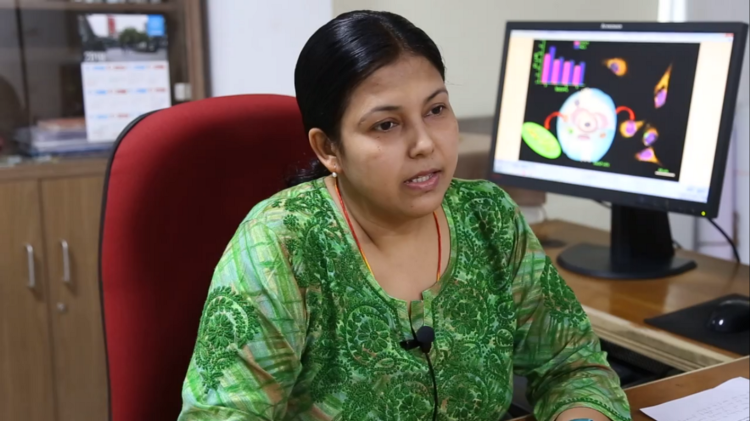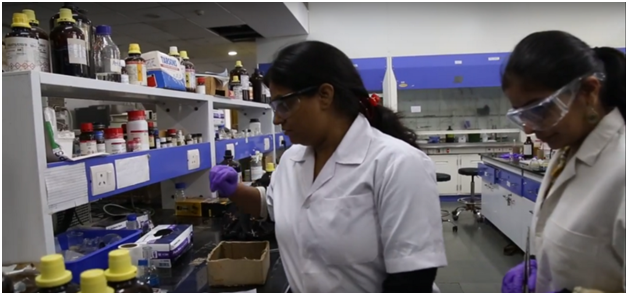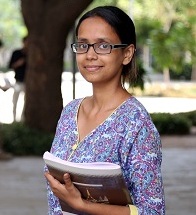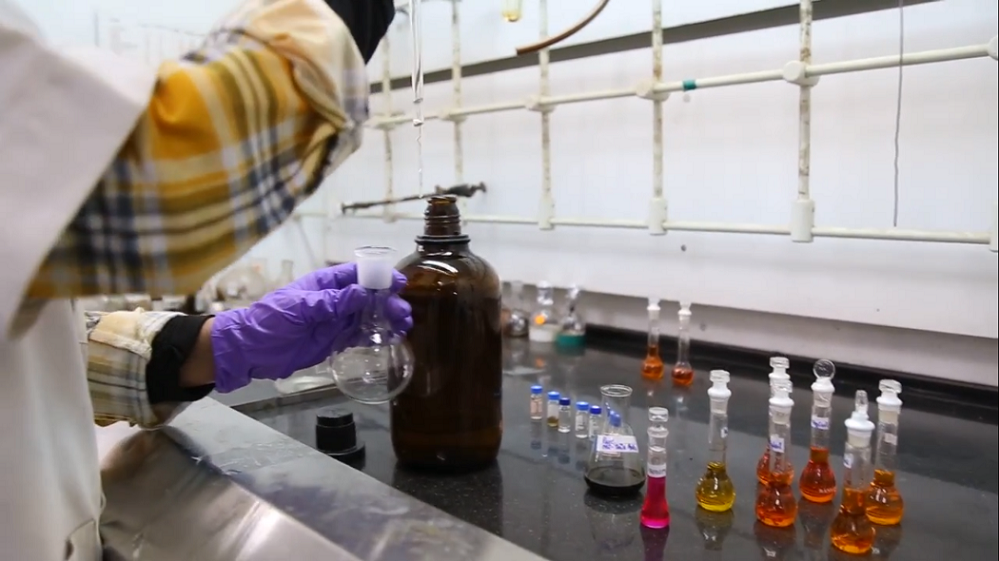Won’t it be a good idea if the agent used to visualize cancer cells can also have the capacity to kill those cells? Wouldn’t it be like using one arrow to shoot two targets?
Researchers at IIT Gandhinagar have developed a dual-purpose compound* that could potentially, in the future, image cancer cells as well as work like a therapeutic in a much more efficient manner.
Dr. Iti Gupta is a professor in Chemistry at the Indian Institute of Technology, Gandhinagar. She, along with her research team, has come up with a two-in-one solution that could be a step towards efficient visualization and treatment of cancer cells.
“It is highly useful in two ways. Firstly, for imaging purposes and, secondly, for the photodynamic therapy of cancer cells,” said Dr. Gupta.

The compound, BODIPY, is a fluorescent dye. How does it work? Initially, these dyes absorb specific light wavelengths, which is later re-emitted at longer wavelengths. Thus, these agents are used to visualize cells in real-time (bio-imaging). How to target the compound to cancer cells? Attaching a sugar entity, viz., glucose or galactose unit, to this dye makes it water-soluble on the one hand. While on the other hand, it also helps in the identification of cancer cells based on their high sugar uptake. Cancer cells undergo rapid growth and division. These two processes require a large amount of energy, which explains their high demand for sugar.
Now, when the dye comes in contact with the light of a particular wavelength, it excites, transfers its energy, and subsequently generates a specific form of oxygen. “This form, known as singlet oxygen, is highly toxic and possesses the capacity to destroy the cancer cells (treatment). Hence, it comes under the category of photodynamic cancer therapy,” she explained.
The study shows that this compound can selectively accumulate in the mitochondria of human skin and cervical cancer cells. In simple terms, mitochondria are nothing but the powerhouse of cells. They produce energy so that the cells can carry out their functionalities. A perfect method to kill the culprit — hamper its energy supply!
The majority of the reported probes have a charged nature, which renders them chemically unstable. They induce toxicity in healthy cells, which limits their applications. This study is unique since it focuses on neutral compounds that are free of this limitation. As of now, very few such molecules have been developed.

There is a need to carry out similar experimentation and further research, in the future, to validate this study in other types of cancer cells. The next step in this direction would be the trials on animals. If successful, it would be followed by human clinical trials. The last step in the pipeline would be to validate its industrial production and public utilization of this therapeutic agent.
— — — — — — — — — — — — — — — — — — — — — — — — — —— — — — — — — — — — — — — — — — — — — — — — — — — —— — — — —
* The results of this research have been published in “Water-soluble thioglycosylated BODIPYs for mitochondria-targeted cytotoxicity”, Bioorganic Chemistry, DOI: 10.1016/j.bioorg.2019.103139, Jul. 2019.
** This story has also been published on Medium.

APEKSHA SRIVASTAVA
Senior Project Associate

